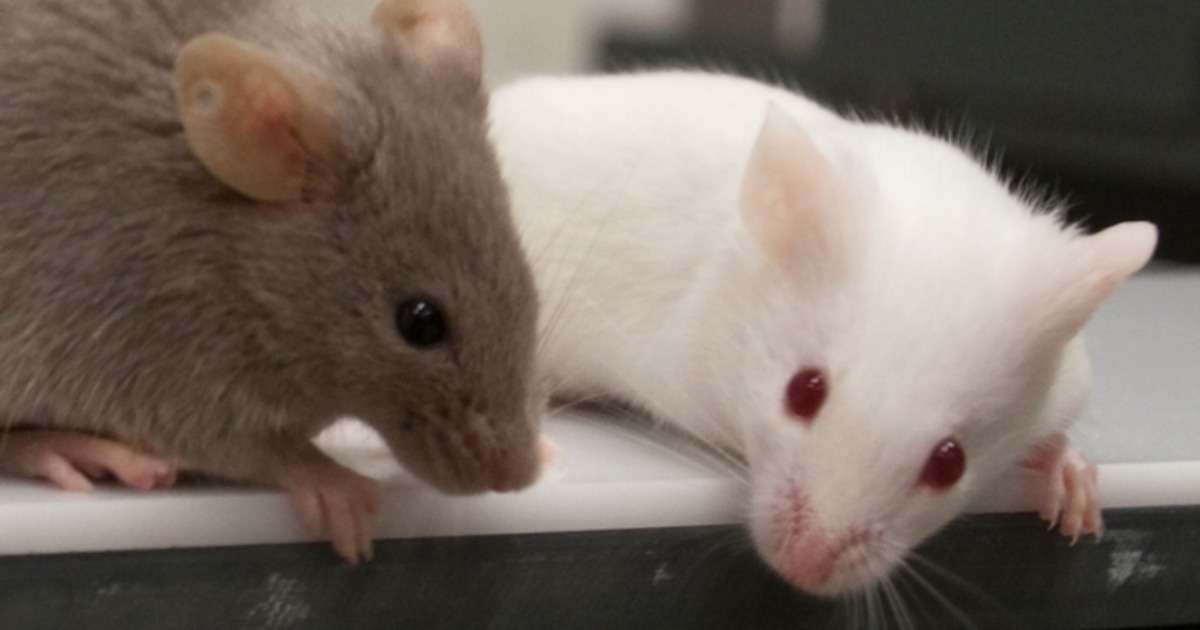
How to increase attention in commercials for Gen-Z
Generation Z has the shortest attention span for commercials, yet they are becoming an increasingly important market segment. Understanding what captures their interest and how to engage them in commercials is crucial.

Student facial expression analysis while watching instructional videos
Is boredom the opposite of interest? Lídia Vinczéné Fekete and her research team used FaceReader and The Observer XT to find out what makes students get bored and which elements encourage interest.

Understanding the micro-dynamics of couples’ interactions
How do aspects of romantic relationships, such as communication and emotions, develop during real-time couples’ interactions? A study on this was conducted in the Department of Psychology at the University of Zurich.

Observing effective leadership and teamwork
How do organizations, leaders, teams, and employees work together to ensure efficient improvements and effective changes? The OBCC team combined video-based behavioral observations and physiological measures to examine this.

Disclosure dilemma
Isabelle Leenders examined the influence of disclosures in influencer advertising on the brand attitudes and purchase intentions of young adults, mediated by their emotions and activation of persuasion knowledge.

Do we help students by surprising them?
The role and usage of instructional videos are increasing in higher education. The research team of Sass & Vinczéné Fekete investigated which features make them more or less engaging for students.

FaceReader and different scientific theories on emotion
In this blog post, Tess den Uyl, PhD, Peter Lewinksi, PhD, and Amogh Gudi, PhD from VicarVision outline how FaceReader is designed with scientific rigor and in accordance with responsible AI principles.

How the ability to manage emotions shapes perception of risk
Can our ability to recognize and control our emotions determine how dangerous we perceive certain hazards to be and whether or not we think we are at risk?

How to analyze different characteristics of olfaction in rodents
Correct analysis of olfaction is crucial for an accurate interpretation of mouse social behavior. Today's guest article describes how to analyze different characteristics with the olfactory habituation/dishabituation test.

How music affects children’s development
Researchers dove deeper into building an understanding of the relationship between music and emotions and how music affects children’s development.
